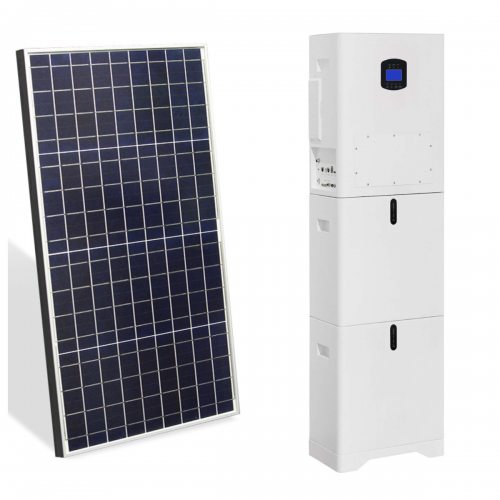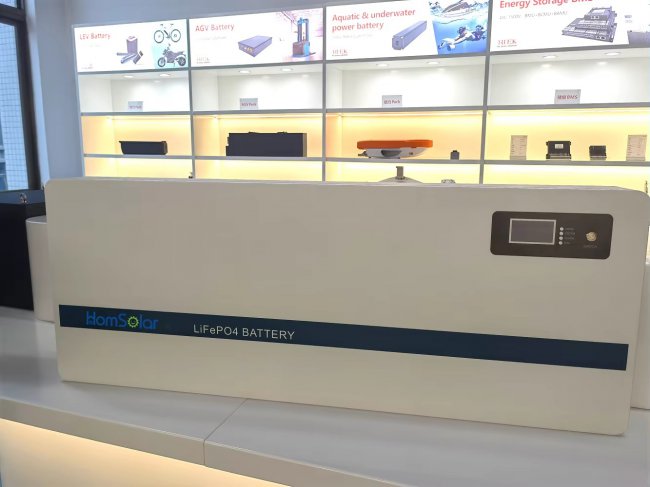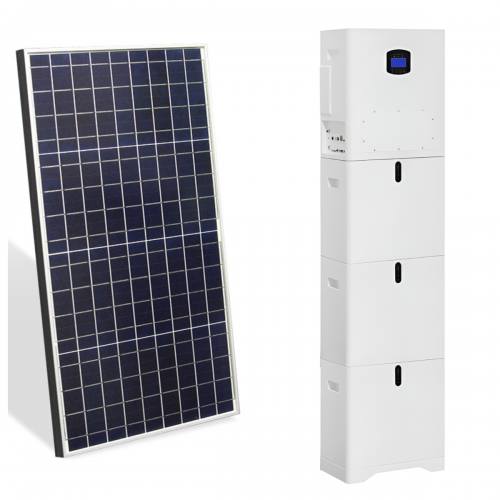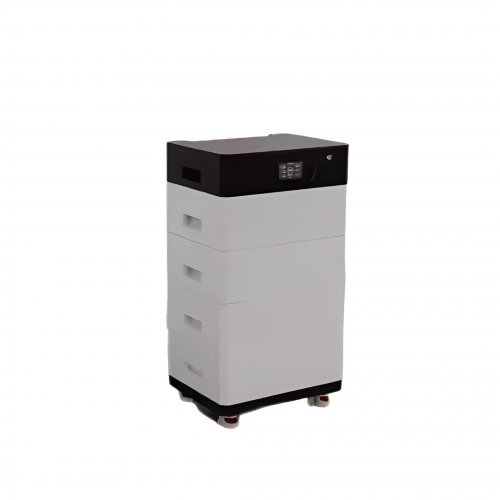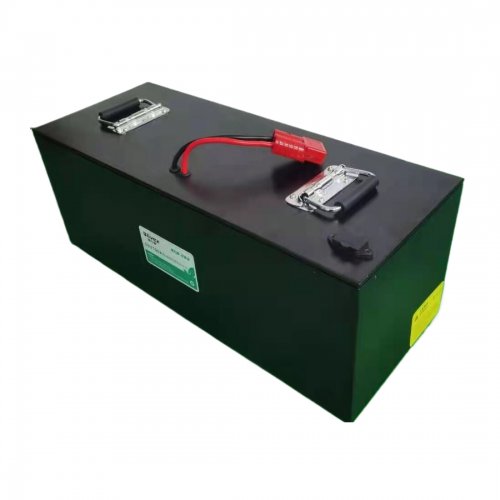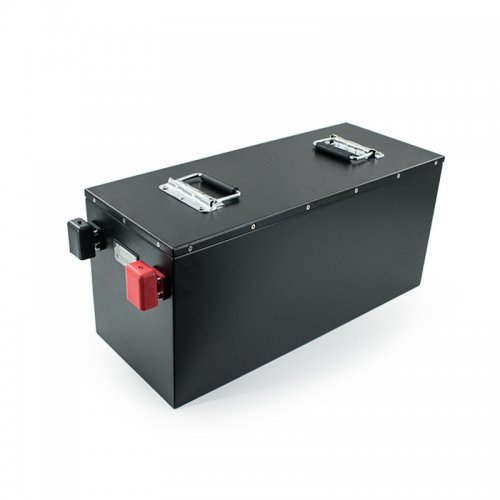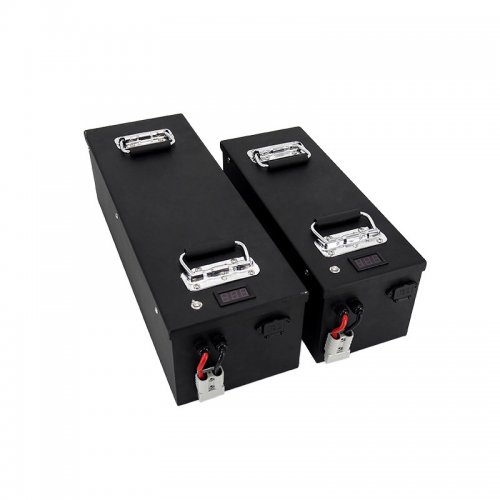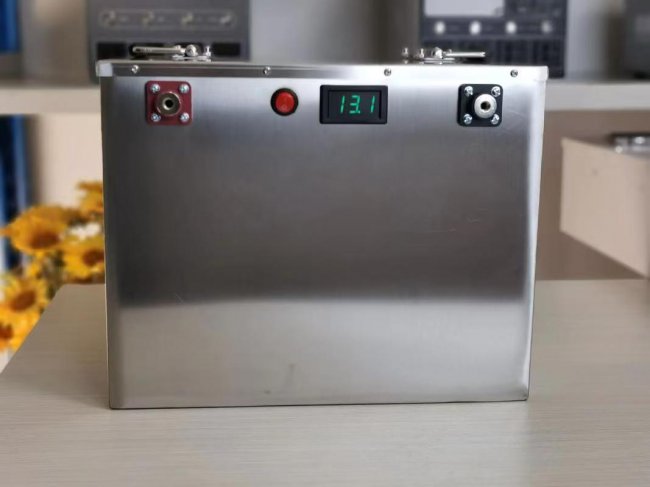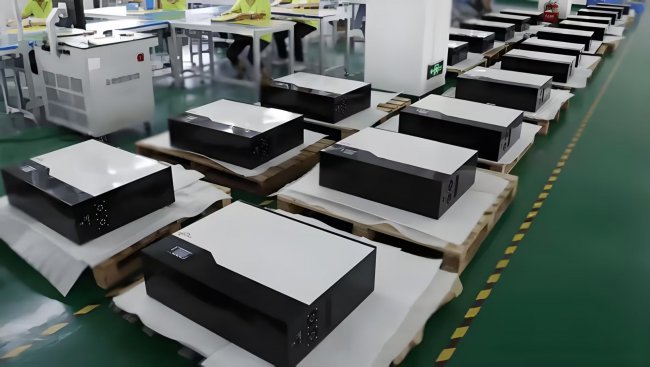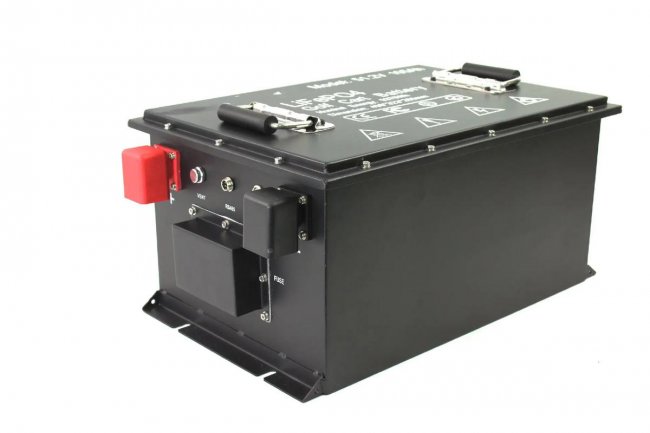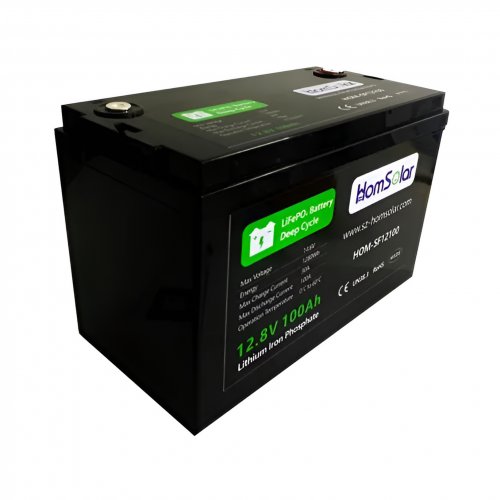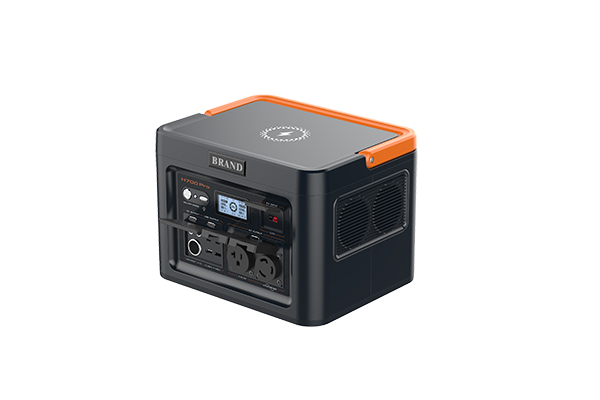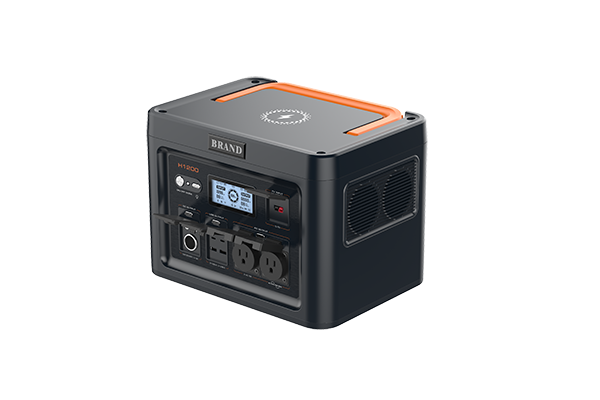Advances In Energy Density: Pioneering High-capacity Electrodes And Next-generation Battery Systems
The relentless pursuit of higher energy density—the amount of energy stored in a given system mass or volume—remains the central driving force in energy storage research. As the global transition to electrified transportation and grid-scale renewable energy storage accelerates, the limitations of current lithium-ion battery (LIB) technology have become increasingly apparent. The scientific community is responding with a multi-pronged assault on these limitations, pioneering breakthroughs in electrode materials, electrolyte engineering, and fundamentally new battery chemistries that promise to redefine the boundaries of energy storage.
The Lithium-Ion Frontier: Pushing the Limits of Intercalation Chemistry
Despite being a mature technology, the lithium-ion platform continues to see significant advancements aimed at extracting higher energy density. The primary focus has been on the development of high-capacity cathode and anode materials.
On the cathode side, the transition from layered oxides like NMC (Lithium Nickel Manganese Cobalt Oxide) to high-nickel and nickel-rich NMC (e.g., NMC90, with 90% nickel content) has been a key strategy. These materials offer higher specific capacities and operating voltages, directly boosting energy density. However, they suffer from structural instability and accelerated degradation. Recent research has focused on sophisticated surface coatings and doping strategies to mitigate these issues. For instance, the application of conformal lithium-ion conductive coatings, such as Li₂ZrO₃ or Li₃PO₄, has been shown to suppress parasitic reactions at the cathode-electrolyte interface, enhancing cycle life without sacrificing capacity (Li et al., 2022).
Simultaneously, lithium-rich layered oxides (LRLOs), sometimes denoted as xLi₂MnO₃·(1-x)LiMO₂, have re-emerged as a promising candidate due to their exceptionally high capacities (>250 mAh/g) arising from both cationic and anionic redox processes. The long-standing challenge of voltage decay and oxygen release is now being addressed through "lattice oxygen stabilization" techniques. Doping with elements like Ru or Mo has been demonstrated to modify the electronic structure of the oxygen, effectively suppressing the irreversible oxygen loss that plagues these materials (Assat & Tarascon, 2018).
On the anode front, the gradual replacement of graphite (theoretical capacity: 372 mAh/g) is underway. Silicon-based anodes represent the most direct path to a near-term leap in energy density, with a theoretical capacity of 3579 mAh/g for pure silicon. The monumental challenge of silicon's massive volume expansion (>300%) during lithiation is being tackled through advanced nanostructuring. The development of porous silicon scaffolds, silicon-carbon yolk-shell structures, and the use of tailored polymeric binders have significantly improved the cyclability of silicon-dominant anodes. A notable breakthrough has been the creation of self-healing polymers that can mechanically accommodate the volume change, preventing electrode pulverization (Wang et al., 2023).
Beyond Intercalation: The Rise of Solid-State and Lithium-Sulfur Batteries
While incremental improvements to liquid-electrolyte LIBs continue, the most transformative advances are occurring in alternative systems.
Solid-state batteries (SSBs), which replace the flammable liquid electrolyte with a solid ion conductor, are arguably the most anticipated next-generation technology. Beyond safety, SSBs unlock the use of a lithium metal anode, the "holy grail" of battery anodes due to its ultra-high theoretical capacity (3860 mAh/g) and lowest electrochemical potential. The key bottleneck has been the development of a solid electrolyte that combines high ionic conductivity with stability against the lithium metal anode. Recent progress has been remarkable. Sulfide-based solid electrolytes, such as Li₁₀GeP₂S₁₂ (LGPS) and its derivatives, now exhibit ionic conductivities rivaling or exceeding those of liquid electrolytes. Furthermore, the introduction of interfacial engineering layers—thin films of materials like Li₃N or LiF deposited between the lithium metal and the solid electrolyte—has proven highly effective in suppressing lithium dendrite growth and stabilizing the interface (Culver et al., 2023). These developments have propelled several companies and research consortia to announce pilot production lines for SSBs, signaling a transition from lab-scale to commercialization.
Parallel to this, lithium-sulfur (Li-S) batteries offer a compelling combination of high theoretical energy density (~2600 Wh/kg) and the use of abundant, low-cost sulfur. The core challenges have been the "shuttle effect" of soluble lithium polysulfides and the poor conductivity of sulfur. The field has moved beyond simple carbon-sulfur composites to more sophisticated cathode designs. Recent work involves the use of single-atom catalysts (e.g., Fe-N-C) embedded in carbon hosts, which not only confine the polysulfides but also catalytically accelerate their conversion kinetics, drastically reducing capacity fade (Pang et al., 2022). Another innovative approach is the use of "sulfide-philic" and "lithiophilic" hosts that actively trap and utilize the active material, pushing practical Li-S cells closer to reality.
Future Outlook: The Horizon of Multivalent and "Post-Lithium" Systems
Looking further ahead, research is intensifying on chemistries beyond lithium. Multivalent batteries, which use ions like magnesium (Mg²⁺), calcium (Ca²⁺), or aluminum (Al³⁺), promise even higher energy densities by transferring multiple electrons per ion. The Mg-ion battery, for example, offers a high volumetric energy density due to the divalent nature of Mg²⁺. However, the development has been hampered by the slow diffusion of these multivalent ions in host materials and the lack of high-voltage electrolytes compatible with the magnesium metal anode. Recent discoveries of new intercalation hosts, such as layered thiospinels, and the synthesis of non-nucleophilic electrolytes are beginning to overcome these kinetic and thermodynamic barriers (Canepa et al., 2020).
Moreover, the concept of "anode-free" batteries is gaining traction. In this configuration, the cell is manufactured without any active anode material, and the lithium metal anode is platedin-situfrom the lithium ions contained in the cathode during the first charge. This design maximizes energy density at the cell and pack level. Its success is entirely contingent on achieving near-perfect Coulombic efficiency (>99.9%) in the plating/stripping process, a feat that requires the synergistic development of advanced electrolytes, current collectors, and pressure management systems.
In conclusion, the field of energy density is experiencing a period of unprecedented innovation. The trajectory is clear: a move from incremental optimization of intercalation chemistry to the radical re-engineering of interfaces in solid-state systems, and further to the mastery of conversion reactions in Li-S and the exploration of multivalent charge carriers. The convergence of materials science, nanotechnology, and advanced characterization techniques is enabling researchers to solve problems that were once considered intractable. The next decade will likely witness not just a linear improvement in battery performance, but a fundamental shift in the technologies that power our world.
References:Assat, G., & Tarascon, J.-M. (2018). Fundamental understanding and practical challenges of anionic redox activity in Li-ion batteries.Nature Energy, 3(5), 373-38 6.Canepa, P., et al. (2020). Odyssey of multivalent cathode materials: Open questions and future challenges.Chemical Reviews, 120(14), 9665-9682.Culver, S. P., et al. (2023). Interfacial Design for Stable Lithium Metal Anodes in Solid-State Batteries.Joule, 7(2), 284-301.Li, W., et al. (2022). A Universal Strategy for Constructing Robust Interfaces between Ni-Rich Cathodes and Solid-State Electrolytes.Advanced Energy Materials, 12(15), 2103691.Pang, Y., et al. (2022). Single-Atom Catalysis for Advanced Lithium–Sulfur Batteries.Advanced Materials, 34(12), 2108626.Wang, X., et al. (2023). A Self-Healing Binder for High-Capacity Silicon Anodes in Lithium-Ion Batteries.Nature Communications, 14, 1456.
Customized/OEM/ODM Service
HomSolar Supports Lifepo4 battery pack customization/OEM/ODM service, welcome to contact us and tell us your needs.


HomSolar: Your One-stop LiFePO4 Battery Pack & ESS Solution Manufacturer
Our line of LiFePO4 (LFP) batteries offer a solution to demanding applications that require a lighter weight, longer life, and higher capacity battery. Features include advanced battery management systems (BMS), Bluetooth® communication and active intelligent monitoring.

Customised Lithium Iron Phosphate Battery Casing
ABS plastic housing, aluminium housing, stainless steel housing and iron housing are available, and can also be designed and customised according to your needs.

HomSolar Smart BMS
Intelligent Battery Management System for HomSolar Energy Storage System. Bluetooth, temperature sensor, LCD display, CAN interface, UART interface also available.


Terminals & Plugs Can Be Customized
A wide range of terminals and plugs can be customised to suit the application needs of your battery products.

Well-designed Solutions for Energy Storage Systems
We will design the perfect energy storage system solution according to your needs, so that you can easily solve the specific industry applications of battery products.



About Our Battery Cells
Our energy storage system products use brand new grade A LiFePO4 cells with a battery lifespan of more than 4,000 charge/discharge cycles.



Applications in Different Industries
We supply customized & OEM battery pack, assemble cells with wiring, fuse and plastic cover, all the cell wires connected to PCB plug or built BMS.
Applications: E-bike, Electric Scooter, Golf Carts, RV, Electric Wheelchair, Electric Tools, Robot Cleaner, Robot Sweeper, Solar Energy Storage System, Emergency Light, Solar Power Light, Medical Equipment, UPS Backup Power Supply.
We can provide you with customized services. We have the ability to provide a vertical supply chain, from single cells to pack/module and to a complete power solution with BMS, etc.


HomSolar (Shenzhen) Technology Co., Ltd







